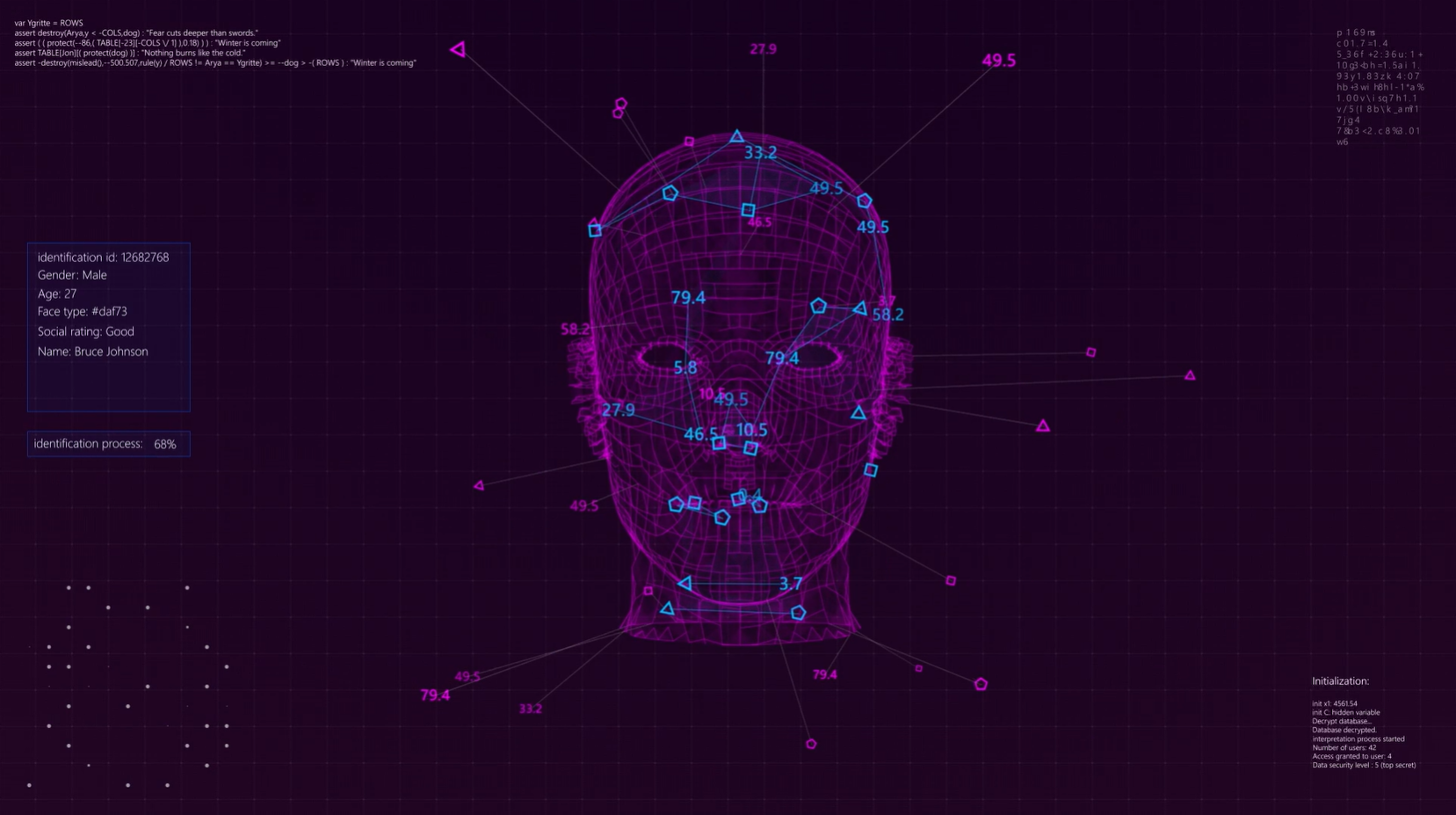Security News
- October 29, 2025DragonForce, a Ransomware-as-a-Service group first observed in 2023, rose to greater prominence in 2025 after a series of notable attacks linked to the group. Despite its unclear origins, what is evident is its rapid evolution and its aggressive, affiliate-driven model, marking it as a rising threat to watch out for.
- September 08, 2025Amid the rise of low-code automation, Microsoft Power Automate is becoming an attractive target for cybercriminals exploiting its complexity to evade detection and exfiltrate data – but demand for compromised enterprise assets is outstripping supply in the cybercriminal underground.
- September 04, 2025Security companies routinely publish detailed analyses of security incidents, making attacker tactics, techniques, and procedures (TTPs) widely known and visible. These reports often provide comprehensive insights into specific vulnerabilities that are or could be exploited, malware delivery mechanisms, and evasion techniques.






 Complexity and Visibility Gaps in Power Automate
Complexity and Visibility Gaps in Power Automate AI in the Crosshairs: Understanding and Detecting Attacks on AWS AI Services with Trend Vision One™
AI in the Crosshairs: Understanding and Detecting Attacks on AWS AI Services with Trend Vision One™ Ransomware Spotlight: DragonForce
Ransomware Spotlight: DragonForce